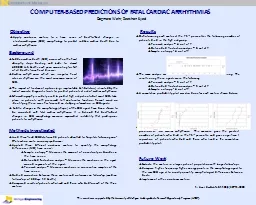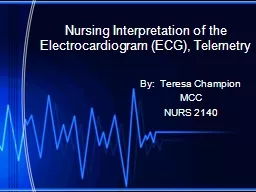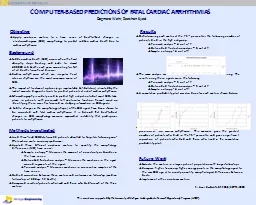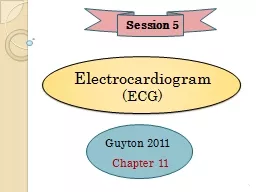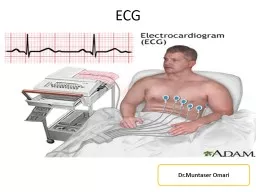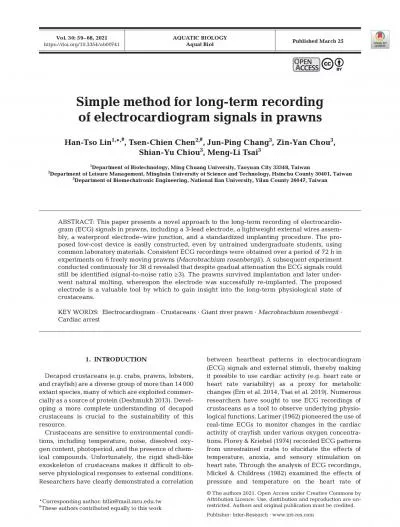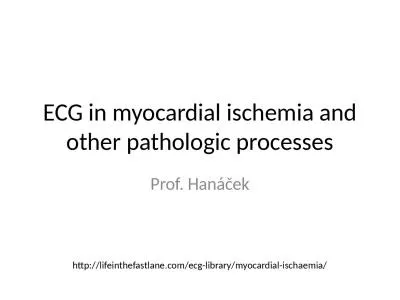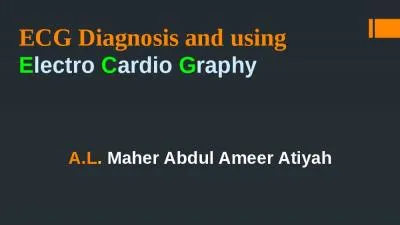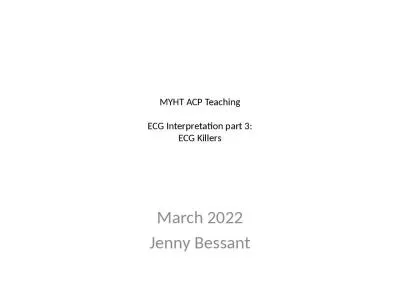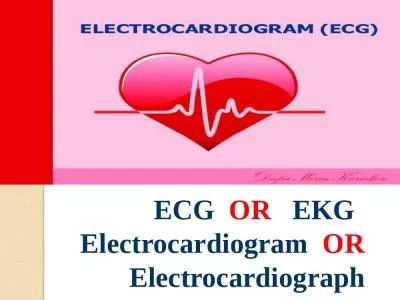PPT-Used three-lead ECG data from 26 patients admitted to hospi
Author : olivia-moreira | Published Date : 2016-04-12
Applied three different nonlinear metrics to quantify the morphology differences MD time series 1 Sample entropy Measures the amount of uncertainty or disorder
Presentation Embed Code
Download Presentation
Download Presentation The PPT/PDF document "Used three-lead ECG data from 26 patient..." is the property of its rightful owner. Permission is granted to download and print the materials on this website for personal, non-commercial use only, and to display it on your personal computer provided you do not modify the materials and that you retain all copyright notices contained in the materials. By downloading content from our website, you accept the terms of this agreement.
Used three-lead ECG data from 26 patients admitted to hospi: Transcript
Download Rules Of Document
"Used three-lead ECG data from 26 patients admitted to hospi"The content belongs to its owner. You may download and print it for personal use, without modification, and keep all copyright notices. By downloading, you agree to these terms.
Related Documents

